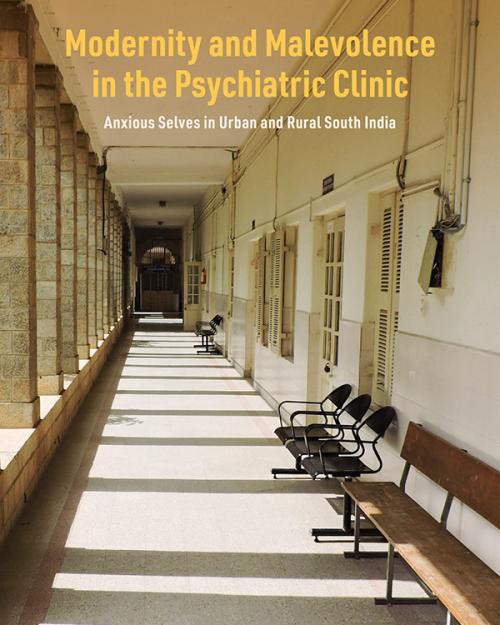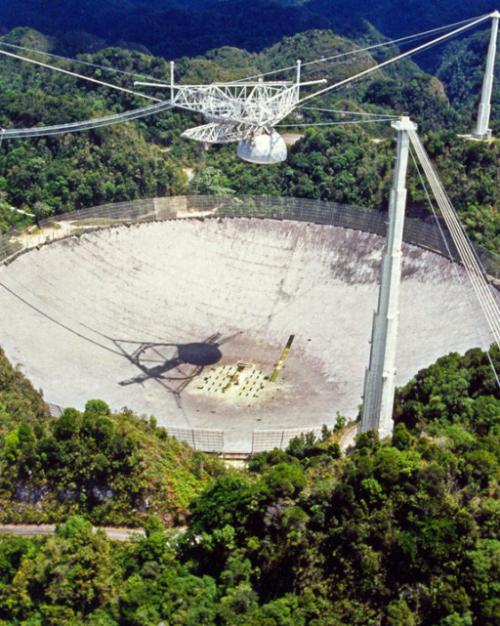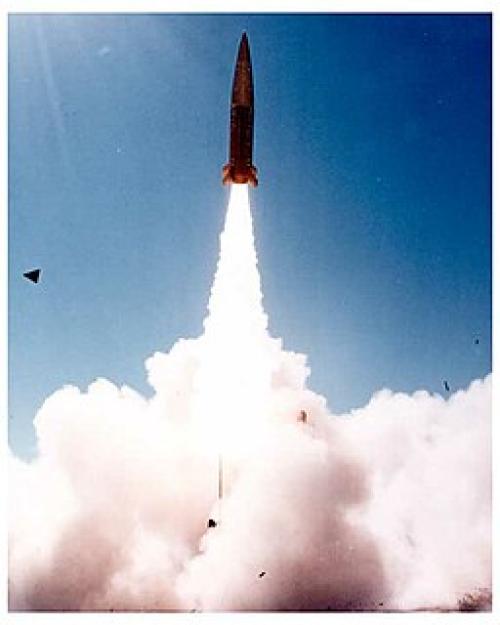Ukrainian forces reportedly used American-supplied, long-range missiles on the battlefield for the first time on Tuesday.
David Silbey, adjunct associate professor of history in the College of Arts & Sciences, specializes in military history, defense policy and battlefield analysis. He says that although the missiles put some of northern Crimea in attacking range, there likely won’t be significant impact.
"I think the new weapons are going to be of limited utility," said Silbey. "The restrictions in number and range that the U.S. has put on them means that the Ukrainians won’t be able to hit a substantial number of targets for a sustained period. They will allow Ukraine to hit things that were previously beyond their capability, which will force the Russians to move their assets farther back or harden them against attack.
"In particular, it puts a bit of northern Crimea into range of attack, which makes it more difficult for the Russians to supply their troops in that area. So, there’s going to be a fair amount of noise around this, but I don’t think they move the needle all that much," Silbey said.
For interviews contact Abby Shroba Kozlowski, 607-229-2681, ars454@cornell.edu.




